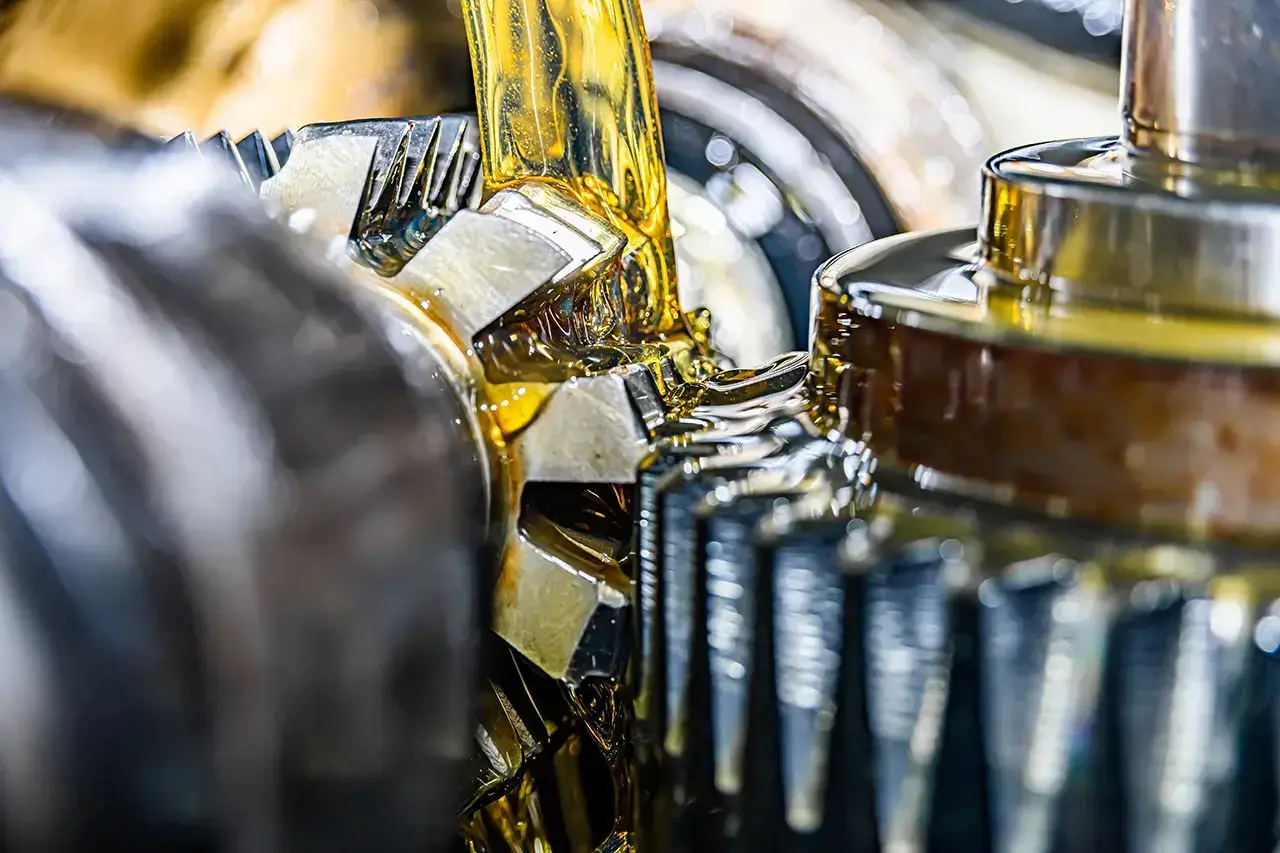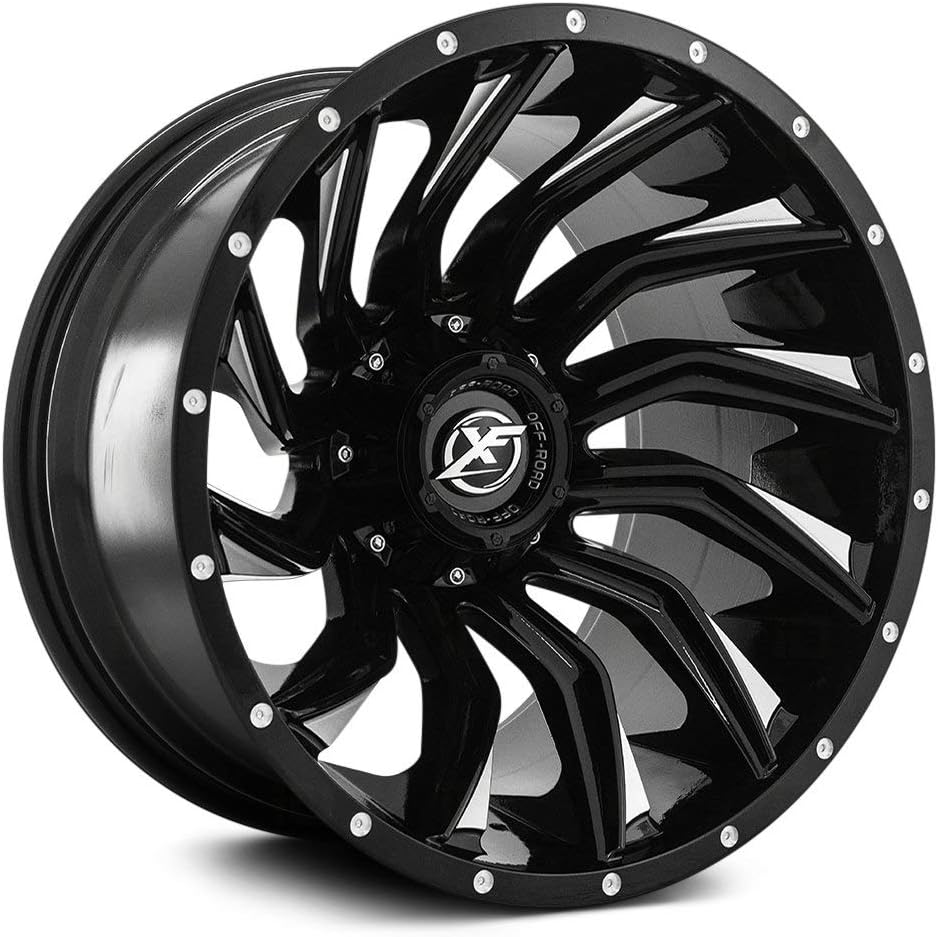
When it comes to farming, the efficiency and durability of your equipment can make or break your productivity. Agricultural machinery plays a critical role in day-to-day operations, and when a part breaks down or wears out, finding the right replacement becomes a top priority. Buying Agricutlural machinery parts isn’t just about grabbing the first item that fits — it’s about making a smart investment that keeps your equipment running smoothly.
In this guide, we’ll walk you through everything you need to know before purchasing agricultural machinery parts. From understanding compatibility and quality to navigating price points and suppliers, this article from the [Knowledge base] will equip you with the insights to make informed and cost-effective decisions.
Why Choosing the Right Agricultural Machinery Parts Matters
Agricultural machines operate under tough conditions. Dust, moisture, heat, and heavy loads can lead to frequent wear and tear. Choosing high-quality agricultural machinery parts ensures:
- Reduced downtime
- Increased equipment lifespan
- Better field performance
- Lower long-term maintenance costs
Using the wrong parts can lead to equipment failure or even dangerous accidents. That’s why it’s essential to know what to look for when buying.
1. Understand Your Equipment
Before purchasing any replacement part, familiarize yourself with your machinery. Know your machine’s:
- Brand and model number
- Serial number
- Specific component specifications
Check the user manual or manufacturer’s website. Many errors in part purchasing arise from buying incompatible parts — a costly and time-consuming mistake.
2. Choose Between OEM and Aftermarket Parts
You’ll often encounter two main categories of agricultural machinery parts:
OEM (Original Equipment Manufacturer) Parts
These parts are made by the original manufacturer and are guaranteed to fit and function exactly as the part you’re replacing. They’re usually more expensive but offer:
- Higher reliability
- Manufacturer warranties
- Guaranteed compatibility
Aftermarket Parts
Made by third-party companies, aftermarket parts are typically more affordable and widely available. However, quality can vary, so:
- Research the manufacturer
- Read customer reviews
- Compare performance ratings
Choose aftermarket parts only from reputable brands or suppliers with proven track records.
3. Evaluate the Quality of Materials
The longevity of agricultural machinery parts heavily depends on the materials used. Inferior materials may seem like a bargain initially but can lead to repeated failures. Look for:
- High-grade steel for strength and resistance to wear
- Heat-treated components to handle stress
- Corrosion-resistant finishes for longer outdoor durability
Whenever possible, choose parts that meet or exceed industry standards.
4. Work With Trusted Suppliers
One of the smartest tips for buying agricultural machinery parts is to buy from suppliers with a proven reputation. Whether online or local, trusted suppliers offer:
- Genuine parts
- Transparent pricing
- Technical support
- Return or warranty policies
Read reviews, ask for recommendations, and avoid deals that seem too good to be true — they often are.
5. Compare Prices, But Don’t Chase the Cheapest Option
While it’s tempting to go with the lowest-priced option, remember that you’re investing in the performance of your machinery. Cheap parts may save money now but cost more in downtime and repairs later. Always compare:
- Cost vs. lifespan
- Price vs. brand reliability
- Upfront cost vs. long-term maintenance savings
Make your decision based on value, not just price.
6. Check for Warranties and Return Policies
Reliable suppliers of agricultural machinery parts will offer warranties, which serve as a vote of confidence in the product. A warranty:
- Protects your purchase
- Covers manufacturing defects
- Offers peace of mind
Likewise, ensure the supplier has a clear return or exchange policy in case of incompatibility or faults.
7. Consider Buying in Bulk for Common Wear Parts
Certain agricultural machinery parts like belts, filters, and bearings wear out frequently. Buying in bulk can help you:
- Save money
- Reduce downtime
- Ensure you always have spares on hand
Just be sure to store these parts in a clean, dry environment to avoid degradation.
8. Don’t Ignore Technological Compatibility
Modern agricultural machines are increasingly digital. When buying electronic components like sensors or control panels, make sure:
- Software versions are compatible
- The part integrates with your machine’s system
- You have access to technical support for installation
Mistakes in tech-related agricultural machinery parts can be especially costly.
9. Stay Updated With Seasonal Maintenance Schedules
Planning ahead and sticking to a maintenance calendar can help you identify parts you’ll likely need during the year. This proactive approach allows you to:
- Avoid urgent repairs
- Shop at better prices during the off-season
- Prevent yield loss due to downtime
Being prepared gives you the flexibility to choose the best agricultural machinery parts without being rushed.
10. Consult With Technicians or Mechanics
Lastly, don’t hesitate to consult with a professional. A mechanic familiar with your machine can offer insights such as:
- Which brands are most reliable
- How to verify part authenticity
- Installation tips to avoid damage
Their practical experience is often more valuable than any user manual.
Frequently Asked Questions (FAQ)
1. How do I know if an agricultural machinery part is compatible with my equipment?
Always check the machine’s model number, part number, and manufacturer specifications. OEM parts are guaranteed to fit, while aftermarket options require more careful verification.
2. Are aftermarket agricultural machinery parts reliable?
Yes, many aftermarket parts are high-quality and cost-effective. However, it’s important to purchase them from reputable suppliers and check for product reviews and warranties.
3. Where can I buy agricultural machinery parts?
You can purchase from local dealerships, specialized agricultural suppliers, or trusted online platforms. Always prioritize quality, transparency, and customer support when choosing a supplier.
Conclusion: Make Smart, Informed Purchases
Purchasing agricultural machinery parts is more than just a technical necessity — it’s a strategic decision that affects your farm’s productivity and bottom line. By understanding your equipment, researching suppliers, prioritizing quality, and planning ahead, you can make purchases that improve efficiency and minimize long-term costs.
From OEM vs. aftermarket comparisons to knowing what materials matter, the key lies in informed decision-making. Let the [Knowledge base] be your trusted partner in navigating this essential aspect of modern agriculture. Your machines — and your yields — will thank you. Explore our homepage now to stay ahead in the digital world.







